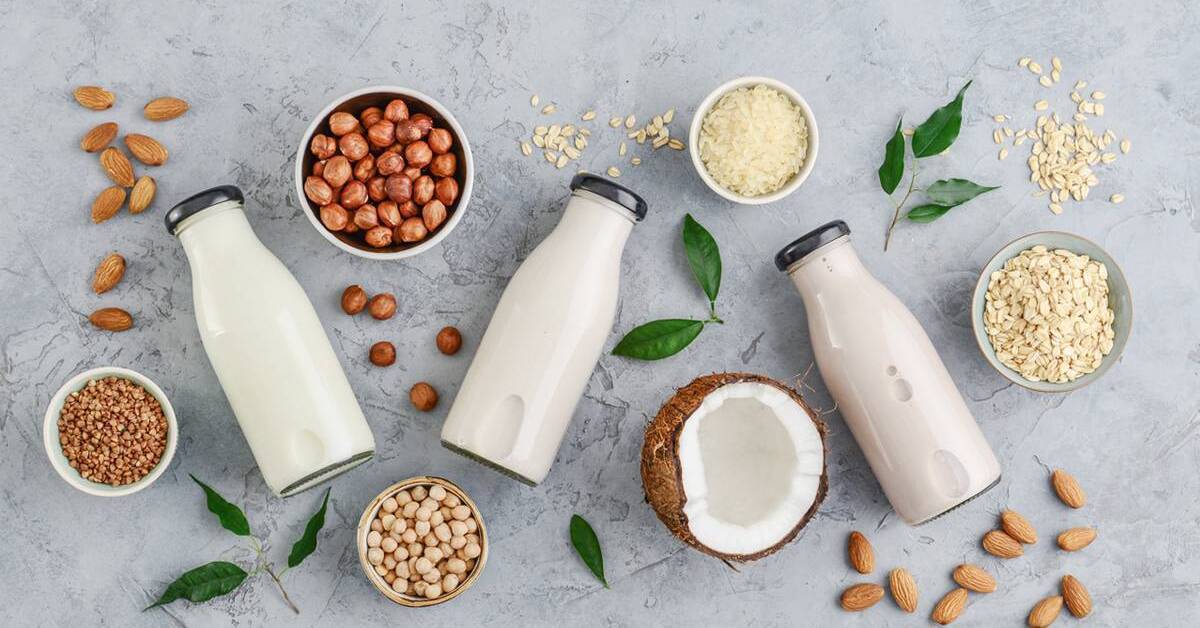Milk is back in the spotlight. With dairy farm influencers, celebrity endorsements, and public figures like Robert F. Kennedy Jr. touting raw milk, the once-simple beverage has taken center stage.
Milk has been a dietary staple for humans for over 10,000 years, starting with early European farmers drinking cow’s milk.
While lactose intolerance was common initially, humans gradually evolved to digest lactose, making milk a cornerstone of many Western diets.
Today, milk comes in many varieties—dairy and plant-based—offering something for everyone.
Choosing the right one depends on your nutritional needs, dietary restrictions, and personal preferences. Here’s a guide to help you decide.
Things to Consider Before Choosing Milk
When selecting milk, experts recommend evaluating these factors:
- Nutritional Value: Check for options rich in protein, calcium, and vitamin D. Fortified plant-based milks can also offer these nutrients.
- Dietary Restrictions: If you’re lactose intolerant, allergic to soy, vegan, or environmentally conscious, choose accordingly.
- Fat Content: Whole milk is high in fat, while fat-free or low-fat options may be better for adults.
- Additives and Sweeteners: Avoid added sugars or thickeners in flavored or processed options.
- Taste and Texture: Personal preferences matter—some milks are creamier, while others are lighter and better for specific uses like coffee or cooking.
Milk Options: Pros and Cons
1. Pasteurized Cow’s Whole Milk
Nutrients: High in protein, calcium, vitamin D, iodine, and B12.
Pros: Nutrient-dense, widely available, affordable.
Cons: High in fat and calories; unsuitable for lactose-intolerant individuals.
2. Pasteurized Cow’s Fat-Free Milk
Nutrients: Offers all the benefits of whole milk with fewer calories and no fat.
Pros: Low-calorie, nutrient-rich, affordable.
Cons: Unsuitable for lactose-intolerant individuals or those avoiding animal products.
3. Raw Cow’s Whole Milk
Nutrients: Similar to pasteurized milk but unsterilized.
Pros: Nutrient-dense.
Cons: Contains harmful pathogens, less accessible, and not recommended by the FDA.
4. Pasteurized Goat’s Milk
Nutrients: High in calcium and protein, lower in sugar than cow’s milk.
Pros: Easy to digest for some, highly nutritious.
Cons: High fat and calorie content; not suitable for vegans or lactose-intolerant individuals.
5. Oat Milk
Nutrients: Fortified with calcium, vitamin D, and iron.
Pros: Vegan-friendly, moderate calories, low fat.
Cons: Low protein, may contain added sugars and thickeners.
6. Unsweetened Almond Milk
Nutrients: Low in calories and sugar, fortified with calcium and vitamin D.
Pros: Vegan, light, and easily digestible.
Cons: Low protein, may include additives, more expensive than dairy.
7. Unsweetened Coconut Milk
Nutrients: Low-calorie but lacks protein and calcium.
Pros: Vegan and dairy-free.
Cons: Higher in saturated fat, low nutritional content compared to other options.
8. Soy Milk
Nutrients: High protein content, similar to cow’s milk, and fortified with calcium and vitamins.
Pros: Nutritionally closest to dairy milk, eco-friendly.
Cons: Higher in calories and added sugars, may contain additives.
Alternatives to Milk for Essential Nutrients
If you don’t drink milk, you can still get the essential nutrients it provides:
- Calcium: Found in yogurt, cheese, leafy greens, and fortified products.
- Protein: Available in legumes, tofu, meat, nuts, and eggs.
However, replicating the benefits of milk can require careful planning, especially for children, pregnant women, or athletes with higher nutritional needs. For example, matching the calcium in three cups of cow’s milk (900 mg) would require consuming 10 cups of cooked spinach—a challenging task for most.
Conclusion
The healthiest milk depends on your unique needs. Whether you prefer the nutrient density of cow’s milk, the protein boost of soy milk, or the lightness of almond milk, there’s an option for you.
Assess your health goals, dietary restrictions, and taste preferences to make an informed choice.







Leave a Comment